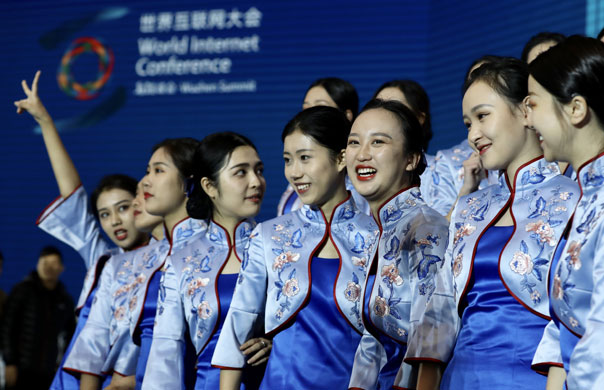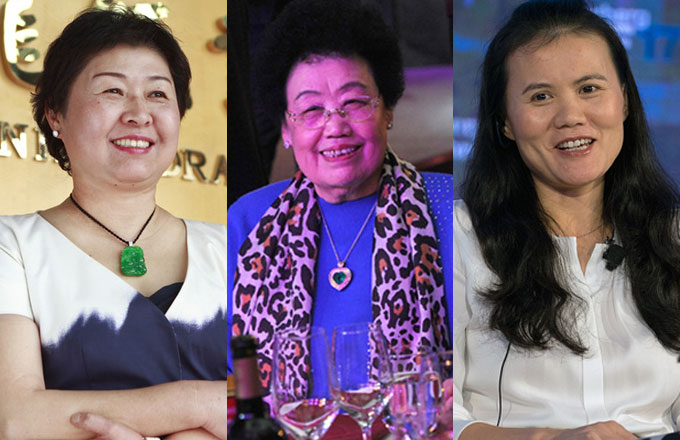China should follow sustainable urbanization path
BEIJING -- With massive city construction and rising urbanization rate over the past decades, the Chinese government should focus more on a human-oriented and sustainable path, experts say.
On the back of galloping economic growth since the implementation of the reform and opening up policy in 1978, China has become more urbanized.
Data showed that the country's urbanization rate increased from 17.92 percent in 1978 to 52.57 percent in 2012, an annual growth of 1 percent.
However, local governments have favored a campaign of city construction, as their local finances rely largely on revenue from land sales, mostly for real estate development.
The sheer focus on construction of real estate has created many cities with very few inhabitants, such as Erdos city in Inner Mongolia autonomous region, which is known for its sparse residential communities.
According to the Beijing News on September 2, permanent residents in Erdos is just above 100,000.
Since last year many construction sites have suspended operation and many workers have left, Liu Yao, a taxi driver, said.
"Local governments should abandon the mentality of pursuing urbanization for driving up investment and stabilizing growth in the short term," according to Wang Xiaoguang, an expert with the Chinese Academy of Governance.
Last year, the 18th National Congress of the Communist Party of China said that the nation will pursue a new kind of urbanization with Chinese characteristics.
A major task of the government's economic work in 2013 is to actively promote urbanization and strive to enhance its quality, according to a central economic work conference held in December.
Since the beginning of the year, the government has emphasized efforts that puts people first, using the potential of urbanization to support growth in the coming decade.
Government plans on how to do this should be released later this year.
Wang said the new urbanization drive should not be about investment, but about the future direction of related reforms, including "hukou", or the household registration system, the land system and pushing for equal public services.
Hundreds of millions of migrant rural workers in Chinese cities cannot enjoy the same public services and social benefits as urban residents do partly due to the country's household registration system.
Xia Bin, a counselor for the State Council and a former member of the monetary policy committee of China's central bank, believed the old pattern of urbanization is not sustainable in the longer term.
The new type of urbanization should be able to overcome the drawbacks of the old path, and a significant job is to solve the housing, education, health care and pension problems of rural workers to grant them the same treatment as urbanites, Xia said.
China had 262.61 million migrant workers by the end of 2012, about a fifth of its total population, according to the National Bureau of Statistics.
Apart from providing equal public services, the government should also promote the development of the service sector and encourage small enterprises to offer more job opportunities for migrant workers, said Zhang Yansheng, secretary-general of the Academic Committee of the National Development and Reform Commission.
The country must provide necessary vocational education and technical training for rural workers, Zhang said.
"The central issue in seeking new-type urbanization is quality and efficiency, instead of scale," according to Zhang.
Urbanization should also focus on energy-saving, green and efficient development of cities and make scientific plans when it comes to layouts so that land resources can be used with minimum waste, Xia said.
Urbanization needs to explore a new pattern that fits the next 35 years, instead of becoming an extension of the old mode seen in the past three-and-a-half decades, according to Zhang.
The secretary-general added that China should take an urbanization path that meets high international standards, incorporates the ideas of green and intelligent growth and also features values including frugality, love of the environment and social harmony.


























